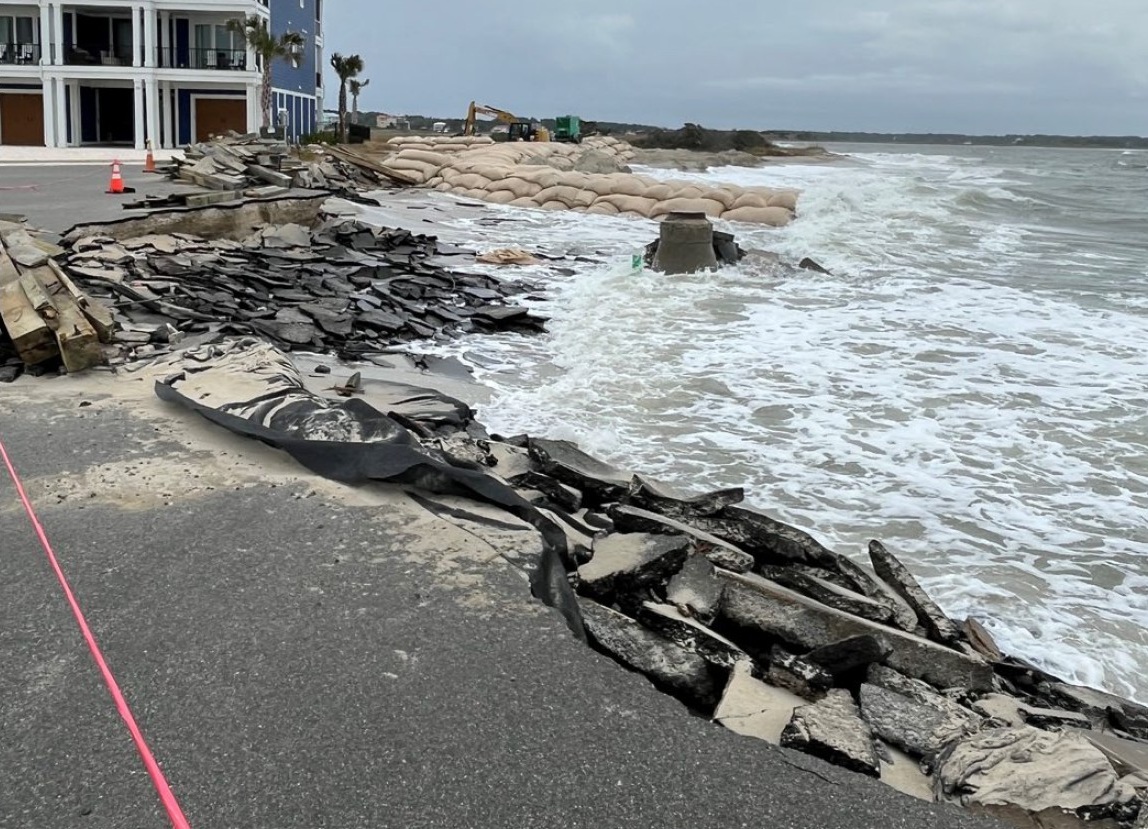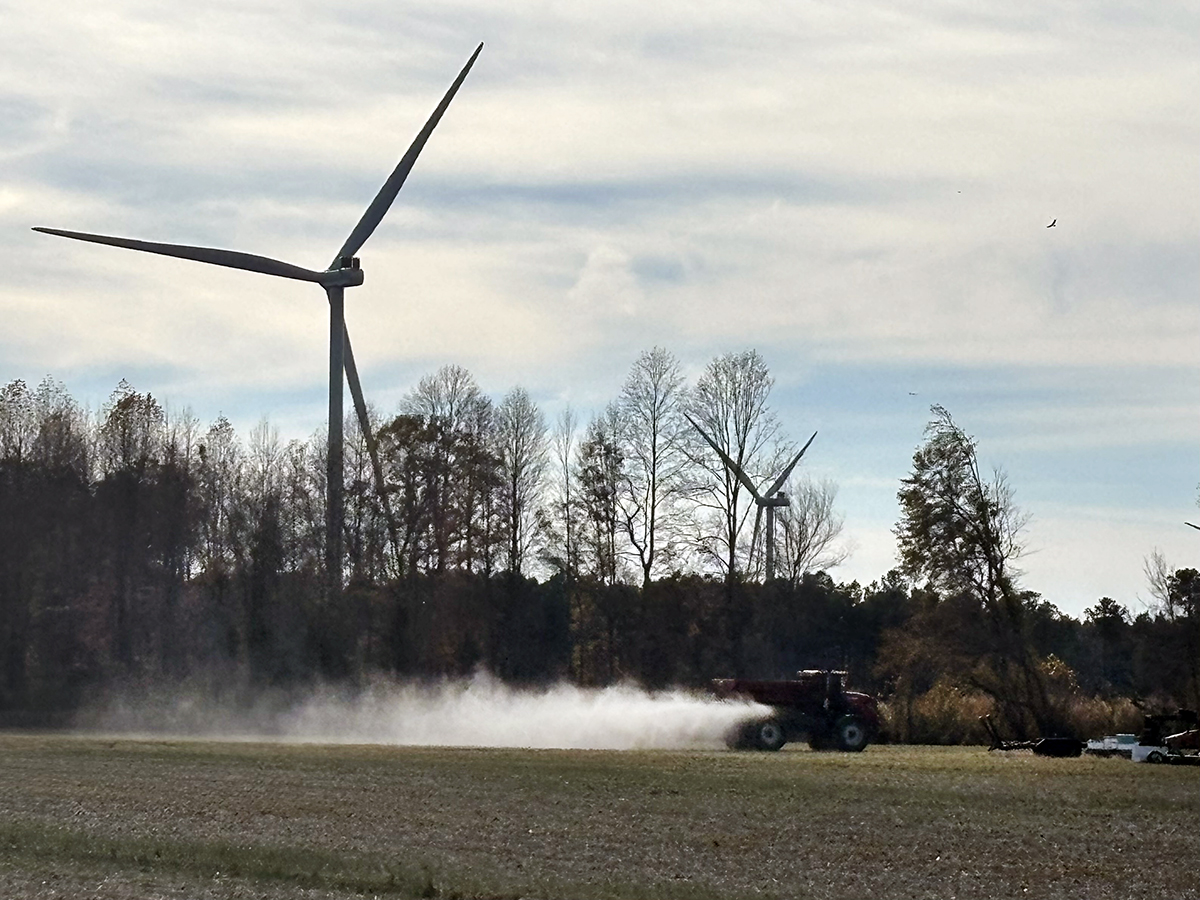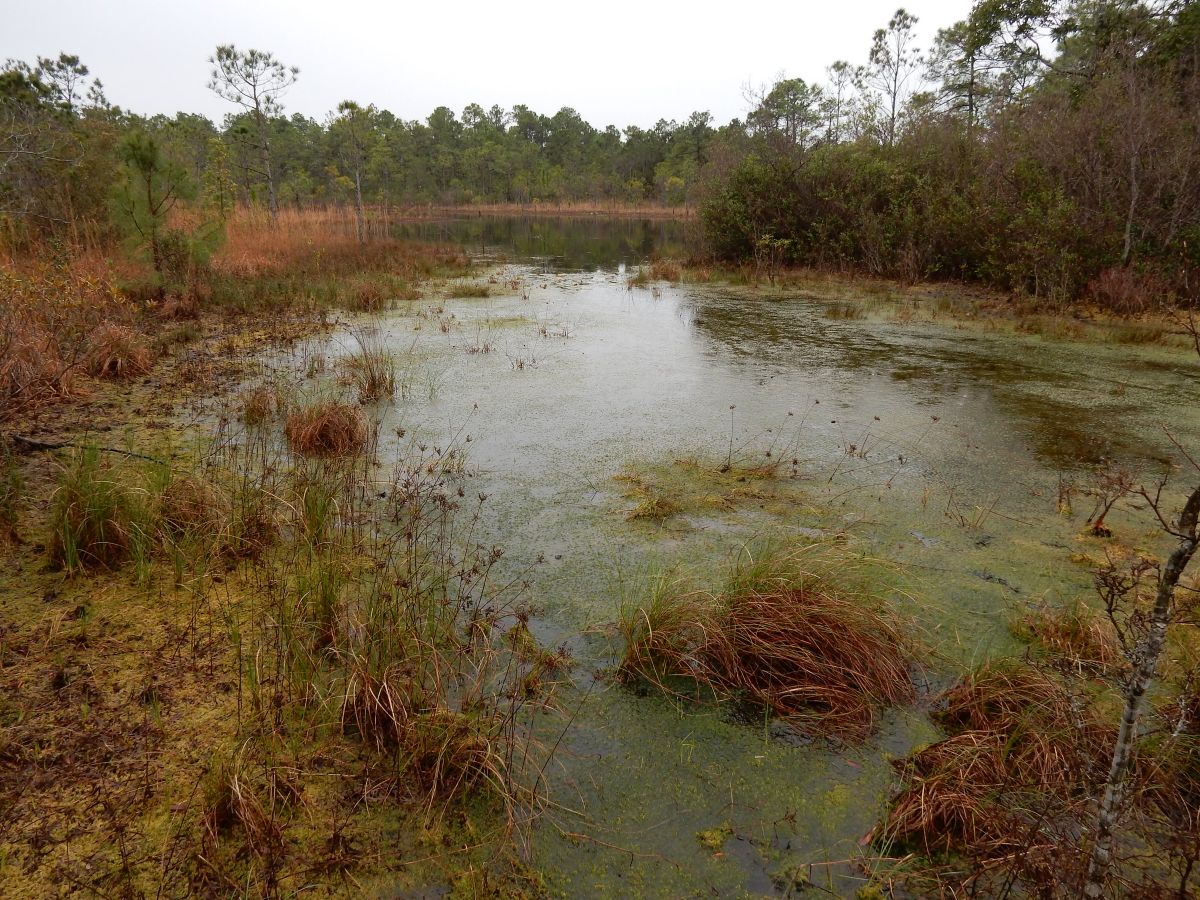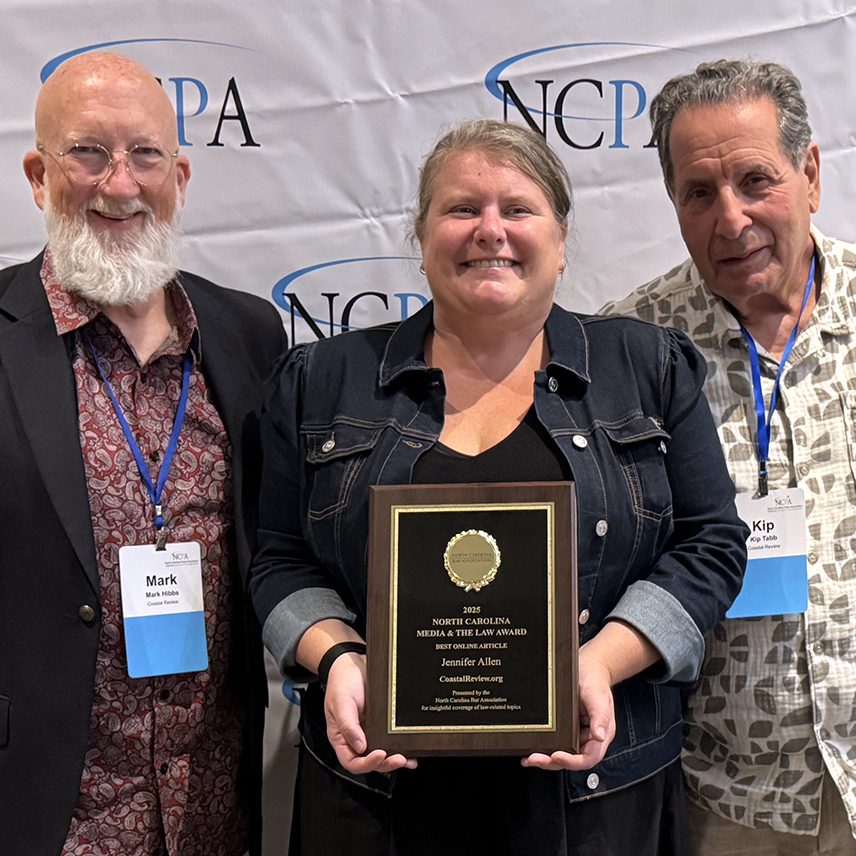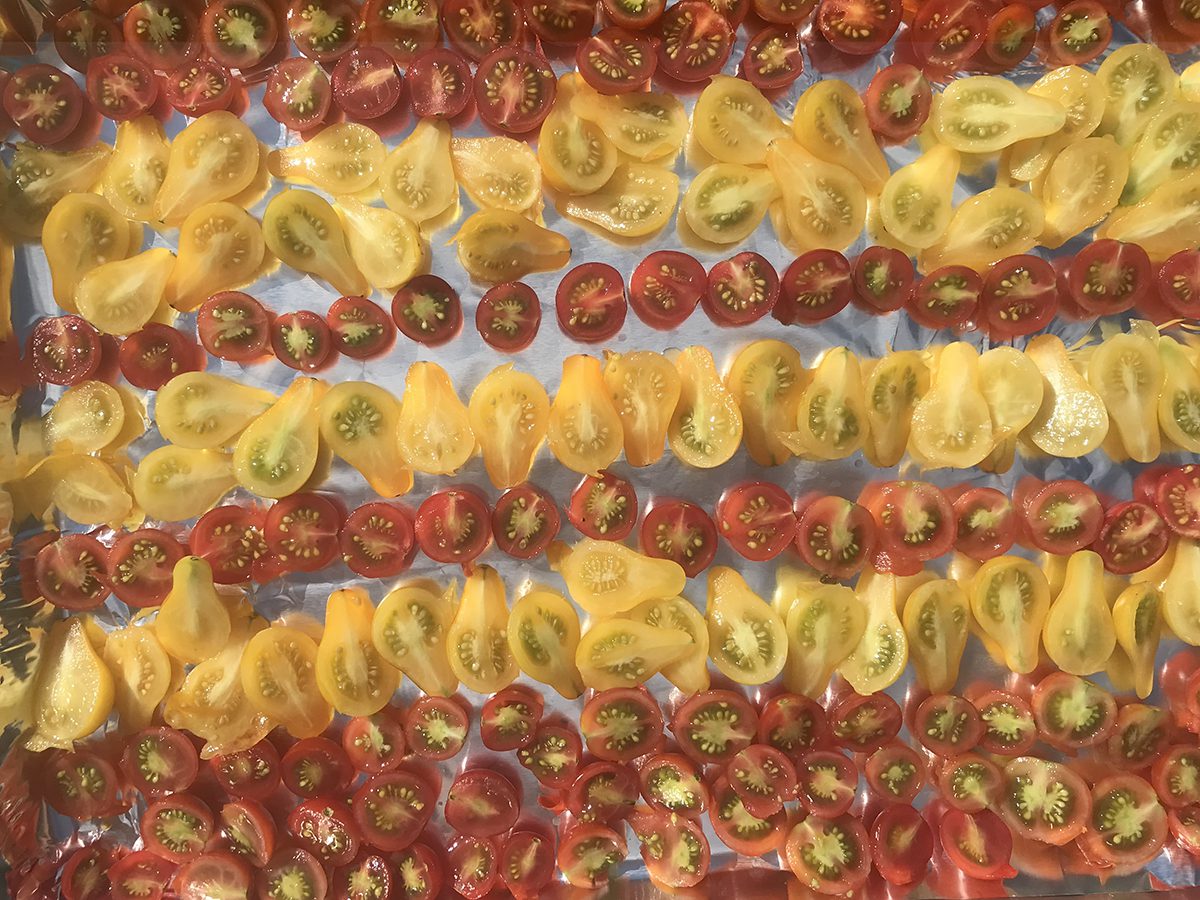
The vegetables have been planted, grown and harvested. Now what?
Well, for starters, take advantage of all the fresh produce and eat yourself silly. And then … if you want to enjoy the summer’s bounty later, you have options.
Supporter Spotlight
Some fruits and veggies, like potatoes and onions, will keep, at least for a while on their own, given the right conditions. The ones that won’t keep can be canned, frozen, dried or preserved in other ways.
Canning is probably the most labor-intensive method, but oh, so worth the time and effort!
You will need canning jars, lids and rings, and a pressure canner. Canning is time-consuming because of the prep and because it takes a while to heat the jars and contents to the right temperature, and then you have to leave the filled jars in the canner for the prescribed length of time, then they have to cool.
If you’re going to do a lot of canning, more than one canner is advisable, since you can only put so many jars in at one time. Also, the cooldown before you can safely remove the lid takes a good while.
Knowing how much time all this takes, I asked my Daddy how his Mom, my Grandma, managed to put enough up to feed their large family, with Daddy being the seventh of 10 children. I couldn’t imagine her doing a few jars at a time, especially on a woodstove in a small cabin or later, a larger farmhouse.
Supporter Spotlight
His answer: Grandma didn’t worry about using a pressure canner inside. Instead, she built a fire outside and situated a large galvanized washtub on rocks so it was balanced over the fire. She then put her jars and enough water to cover them in the tub.
This method, called water-bath canning, has been frowned upon and has fallen out of favor — especially for certain foods — because of the chance of botulism. Grandma would keep the fire going and take out jars or put more in as needed. None of my aunts or uncles starved to death or died of food poisoning, so Grandma must’ve done something right.
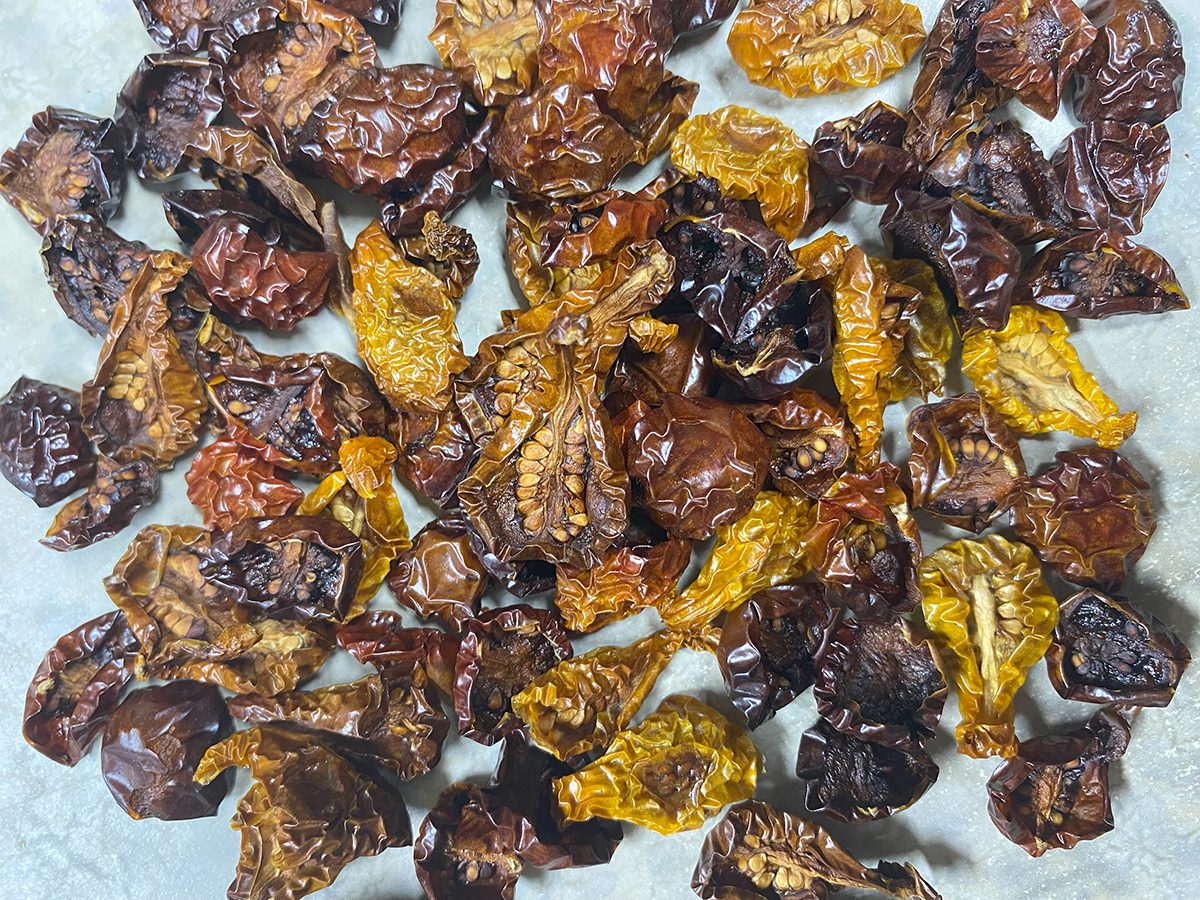
The reason pressure canning works better and is safer for nonacidic foods is that, while water-bath canning will seal the jars, it can’t kill botulism or other deadly organisms that may be present. Pressure canning heats the contents of the jars hotter than boiling alone, hot enough to kill all the odorless, tasteless, invisible nasties that might be waiting to cause severe illness.
Despite the work, there’s nothing more satisfying than listening to jar lids “ping” as the jars seal while resting.
Chill out
Preserving your produce in the freezer also takes a bit of prep. For instance, corn can be frozen whole, on the cob, but this takes up a ton of room in your freezer. A better way is to cut the corn off the cob, cook it, cool it, and then bag it before moving it to the freezer.
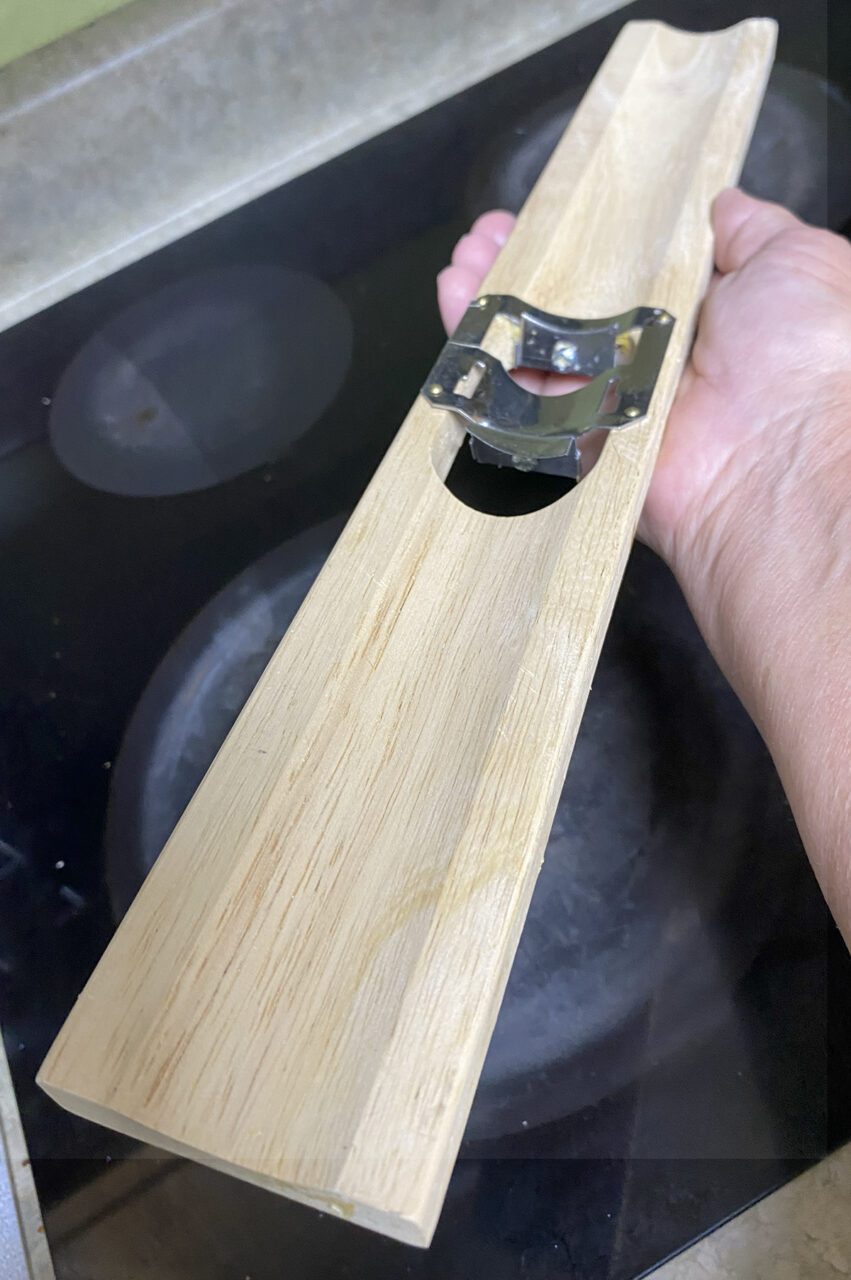
A very smart person, probably more than one, figured out you can put the whole shucked and silked cobs in a pot of boiling water for about two minutes — outside, using a gas burner works great — throw them in cold water, and then cut the corn off. This way, it can be bagged and go straight into the freezer – A huge time saver.
When the whole cob method is so much quicker and easier, why do we do it the old cut-cook-cool way? Because that’s the way we were taught, and that’s the way our moms and grandmas were taught. Humans tend to get stuck in a rut about some things — in a rut with blinders on.
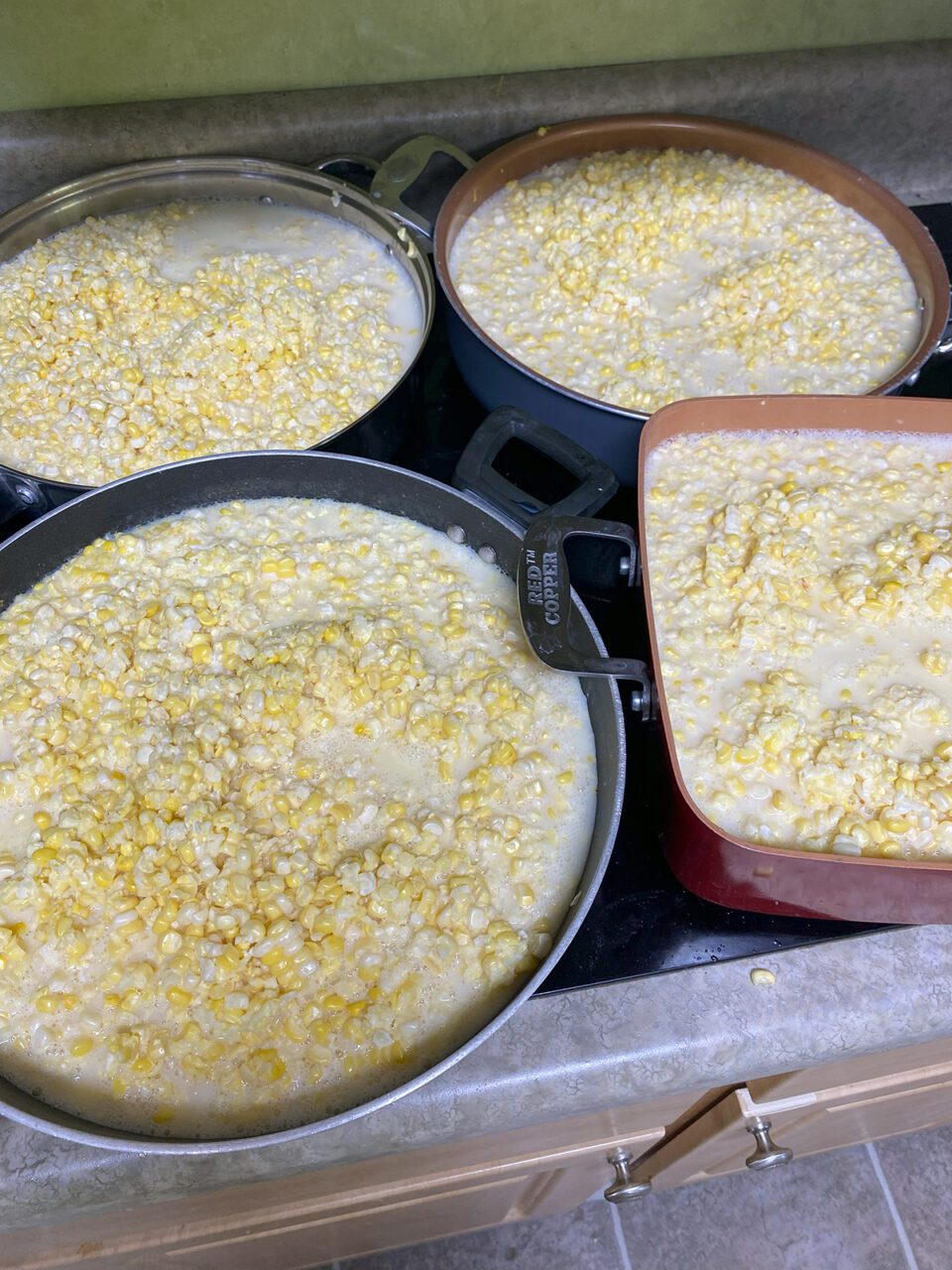
Fresh blueberries can be frozen as-is. Simply pick them, put them in a container, and freeze.
So how come some things can go straight in the freezer and others have to be blanched, or thrown into boiling water for a couple minutes? Blanching stops the natural ripening process and keeps the veggies at their peak of taste and freshness. It also kills any insects you might have missed while picking and preparing.
Some veggies and fruits are better canned, some better frozen. Much of it comes down to personal preference. And there are other considerations as well.
If there’s a hurricane or other reason for a prolonged power outage, canned items will be just fine, whereas frozen food could thaw and be ruined.
Other methods
Another method of preserving harvests is drying. Natural drying is tough to do around here, simply because of the humidity. There are tons of dehydrators and canners out there in all sorts of sizes and price ranges if you want to go that route.
Yet another method of food preservation that’s become popular is vacuum-sealing. Vacuum-sealing removes all the oxygen from the package, so freezer burn and bacteria can’t spoil your food. This method will keep food tasting fresh for a long time.
You have to decide whether it’s worth it to you to purchase canning or dehydrating or other equipment you might only use a couple times a year. Of course, if you actually use the items, quite a bit of money can be saved. You can grow your own and put it up, go to a farmer’s market and buy produce to put up, or just keep what you already purchased from spoiling as quickly. Look for units that can do double duty, such as a dehydrator that you can also use to make yogurt.
With your own produce, you can always know what was sprayed on it, how it was picked and transported, or where it came from. Our farmers and truckers do an amazing job growing and getting food to us, but germs happen.
There are lots and lots of ways to enjoy fresh-tasting produce for longer than the short harvest season, also including pickling and fermentation. So, eat a bellyful, and when you can’t stand the thought of one more zucchini or cucumber or tomato, put some up for later.
You’ll be more than glad you did.




